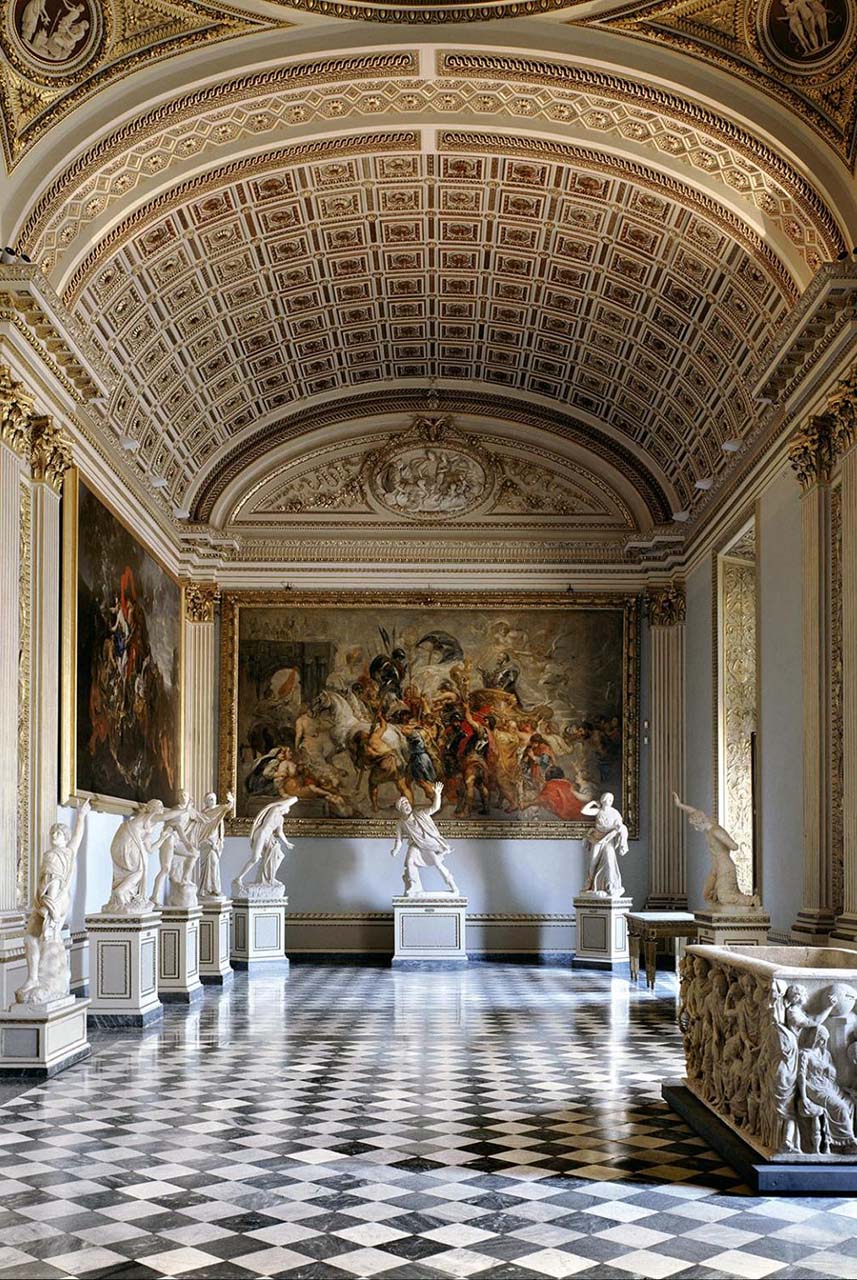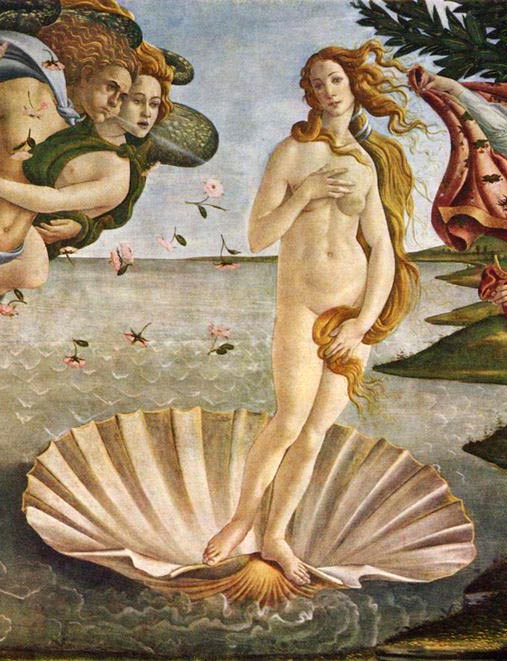Call us for more information
055 222431The Cappa


Inside the Uffizi Palace is the Medici Theatre, also by Buontalenti, which at the time of Florence, the capital of Italy, was the seat of the Senate. The shape of the building is horseshoe-shaped and rests on a loggia entirely decorated with niches in which there are statues of brave Florentine men who lived from the Middle Ages to the 19th century. Today the Palace is the home of the Uffizi Gallery, the most important art gallery in the world. Fundamental for Tuscan artistic schools from the 13th century onwards, it includes works by Venetian, Roman, Emilian, Flemish, German, Spanish and French painters. Present masterpieces by Cimabue, Giotto, Gentile da Fabriano, Paolo Uccello, Piero della Francesca, Botticelli, Leonardo, Perugino, Giambellino, Correggio, Mantegna, Michelangelo, Raphael, Titian, Tintoretto, Caravaggio, Rembrandt, Goya and many others.
No less important are the classical and Hellenistic statues, which document the Medici’s collecting. Furthermore, the collections of tapestries, ancient marbles and miniatures. On the ground floor, in the rooms of the former church of S. Pietro Scheraggio, there are valuable frescoes.
The Uffizi Gallery was also the first museum accessible to the public: since 1591 it was visible to anyone who requested it from the Grand Duke. With its four centuries of history, the Uffizi is considered the oldest museum in the world.
The Medici continually enriched the Gallery with pieces inherited from Vittoria della Rovere, wife of Ferdinand II, with the purchases of Cardinal Leopoldo de’ Medici and with the collection of Self-Portraits today exhibited in the Vasari Corridor, built in 1565 by Vasari, which unites the Uffizi at the Pitti Palace.
Subsequently, the Uffizi Gallery received numerous diplomatic donations and dynastic inheritances which increased the prestige of the Gallery itself and consecrated Florence as one of the world capitals of art.
At the end of 1998, the Contini Bonacossi Donation was transferred to the Uffizi Gallery, which includes 35 paintings, twelve sculptures, antique furniture and majolica, once owned by Alessandro Contini Bonacossi. This collection is, without a doubt, one of the most important acquisitions of recent times by the Gallery.
Renovated and rearranged several times over the centuries according to the cultural tastes of the various eras, the exhibition venue today includes 45 rooms with approximately 1,700 paintings, 300 sculptures, 46 tapestries, 14 pieces of furniture and ceramics.
The works owned by the Uffizi are actually around 4,800: the remainder are divided between deposits and loans to other museums.